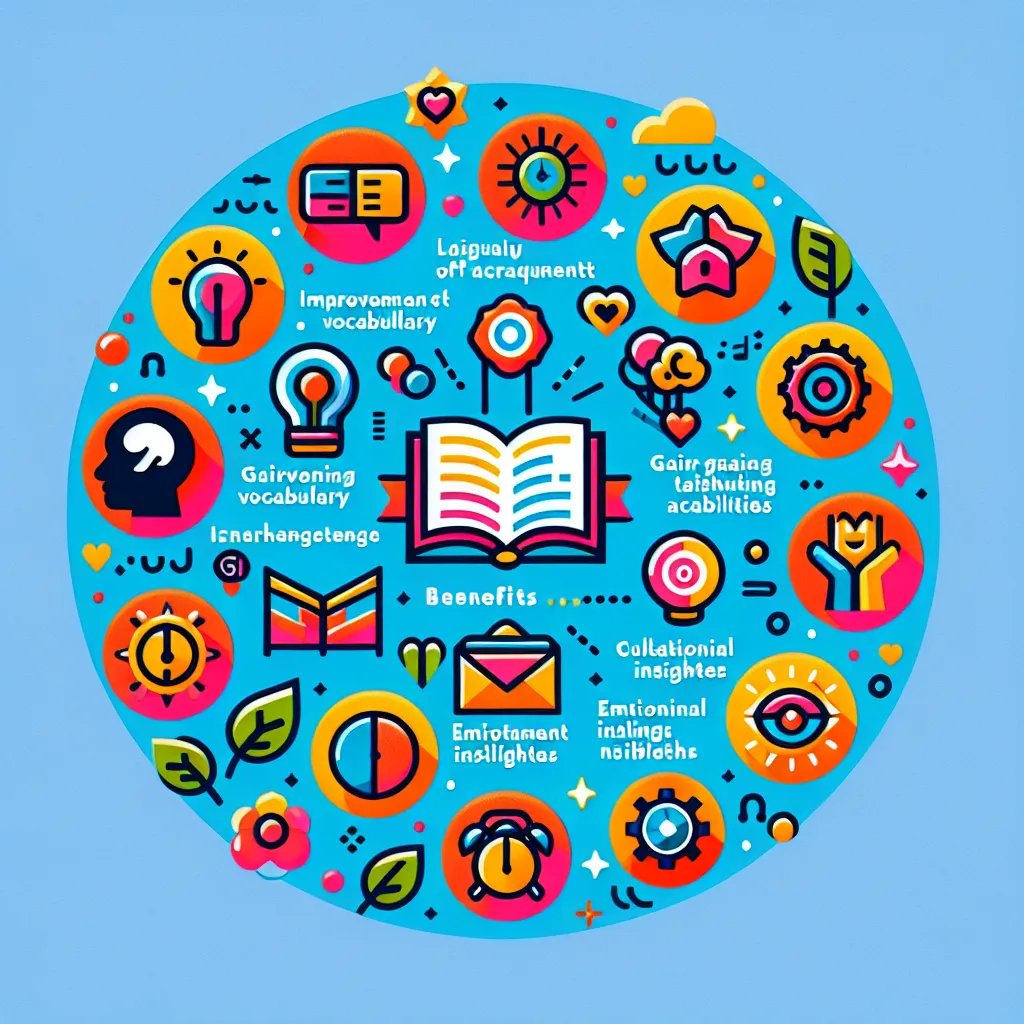Delivering presentations in English can be a daunting task, especially for non-native speakers. However, with the right strategies and consistent practice, you can significantly enhance your fluency and confidence. This article will provide you with 10 effective tips to improve your English fluency in presentations, helping you captivate your audience and convey your message with clarity and confidence.
 English Presentation Fluency
English Presentation Fluency
Understanding the Importance of English Fluency in Presentations
Before diving into the tips, it’s crucial to understand why English fluency is essential in presentations. Fluency allows you to:
- Convey your ideas clearly and effectively
- Engage your audience more naturally
- Build credibility and trust with your listeners
- Reduce nervousness and increase confidence
- Handle questions and discussions more smoothly
Now, let’s explore the tips that will help you achieve these benefits.
1. Practice Regular Speaking Exercises
The Power of Consistent Practice
One of the most effective ways to improve your English fluency is through regular speaking practice. Set aside time each day to speak English, even if it’s just for 15 minutes.
Practical Exercises:
- Record yourself giving mini-presentations on various topics
- Use language exchange apps to practice with native speakers
- Join English-speaking clubs or meetups in your area
Remember, consistency is key. As the saying goes, “Practice makes perfect.”
2. Enhance Your Vocabulary with Presentation-Specific Terms
Building a Strong Foundation
Expanding your vocabulary, especially with terms related to presentations and your subject matter, can significantly boost your fluency.
Strategies for Vocabulary Enhancement:
- Create a list of common presentation phrases and expressions
- Learn synonyms for frequently used words to add variety to your speech
- Study industry-specific terminology relevant to your presentations
For more strategies on expanding your English vocabulary, check out our article on tips for developing English research skills.
3. Improve Your Pronunciation and Intonation
The Role of Clear Pronunciation
Proper pronunciation and intonation are crucial for being understood and maintaining audience engagement.
Techniques for Improvement:
- Use pronunciation apps or websites to practice difficult sounds
- Watch and imitate native English speakers in videos or podcasts
- Pay attention to stress patterns in words and sentences
4. Utilize Filler Words and Phrases Effectively
Bridging Gaps in Speech
While it’s best to minimize the use of filler words, knowing how to use them effectively can help maintain fluency when you need a moment to think.
Useful Filler Phrases:
- “In other words…”
- “To put it another way…”
- “Let me elaborate on that…”
5. Prepare and Practice Your Presentations Thoroughly
The Importance of Preparation
Thorough preparation is key to delivering a fluent presentation.
Preparation Strategies:
- Create a detailed outline of your presentation
- Practice your presentation multiple times before the actual event
- Rehearse in front of a mirror or record yourself to identify areas for improvement
For more interactive presentation strategies, explore our article on strategies for learning English through interactive presentations.
6. Use Visual Aids to Support Your Speech
Enhancing Communication with Visuals
Visual aids can help you maintain fluency by providing cues and supporting your verbal communication.
Effective Use of Visual Aids:
- Create clear and concise slides or handouts
- Use images, charts, or graphs to illustrate complex ideas
- Practice transitioning smoothly between your speech and visual aids
 Presentation Visual Aids
Presentation Visual Aids
7. Develop Strategies for Handling Nervousness
Overcoming Presentation Anxiety
Nervousness can significantly impact your fluency. Developing strategies to manage anxiety is crucial.
Anxiety Management Techniques:
- Practice deep breathing exercises before and during your presentation
- Use positive self-talk to boost your confidence
- Arrive early to familiarize yourself with the presentation space
8. Engage with Your Audience
Creating a Connection
Engaging with your audience can help you feel more comfortable and improve your overall fluency.
Audience Engagement Strategies:
- Make eye contact with different members of the audience
- Ask rhetorical questions to keep the audience involved
- Encourage questions and comments at appropriate times
For more ideas on interactive English learning, read our article on strategies for enhancing English fluency through group activities.
9. Listen to and Learn from Native English Presentations
Learning from Experts
Observing native English speakers can provide valuable insights into natural speech patterns and presentation techniques.
Learning Strategies:
- Watch TED Talks or other professional presentations in English
- Analyze the speaker’s pace, intonation, and use of pauses
- Take notes on effective phrases and transitions used by skilled presenters
10. Seek Feedback and Continuously Improve
The Value of Constructive Criticism
Seeking feedback from others can help you identify areas for improvement that you might not notice on your own.
Methods for Obtaining Feedback:
- Ask colleagues or friends to evaluate your practice presentations
- Record your presentations and review them critically
- Consider joining a public speaking group for regular feedback and practice
For additional strategies on improving your English skills through peer interaction, check out our article on strategies for mastering English through peer teaching.
Conclusion
Improving your English fluency for presentations is a journey that requires dedication, practice, and patience. By implementing these ten tips consistently, you can significantly enhance your presentation skills and deliver your message with confidence and clarity. Remember, every presentation is an opportunity to improve, so embrace each chance to speak and learn from your experiences.
We encourage you to start implementing these strategies today and to share your experiences in the comments below. Which tip do you find most helpful? Do you have any additional strategies that have worked well for you? Let’s learn from each other and continue to grow in our English presentation skills.




